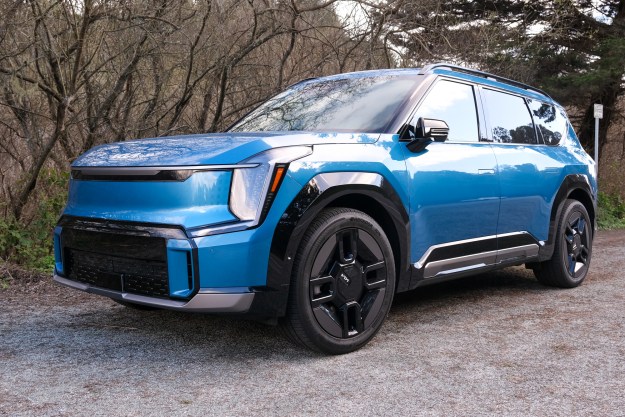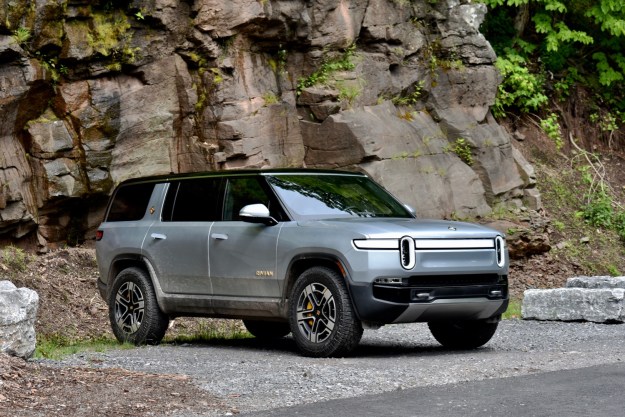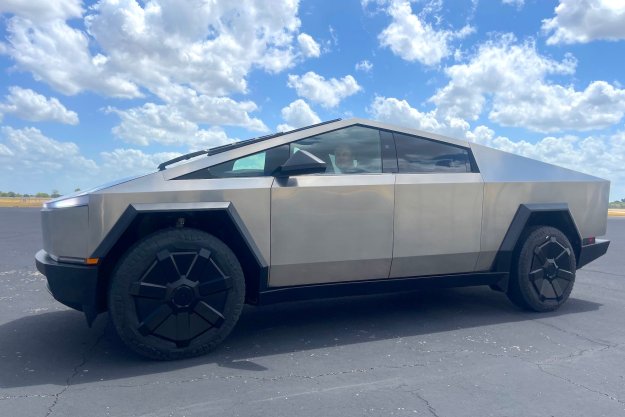
The Drift Stick is an electronic handbrake, which Ford claims is an industry first. It’s operated using a lever, just like a conventional handbrake, but there is no physical connection to the wheels. Instead, it interacts with the electronics that control the anti-lock brakes and all-wheel drive. Pulling the lever sends a signal to open the clutches in the rear differential and lock the rear wheels, making slides a breeze.
The handbrake is important for drifting and rallying because pulling it allows the driver to quickly lock the rear wheels and provoke a slide. Consequently, hydraulic handbrakes have become a fixture in drift and rally cars. But they are complicated to install, since they require a hydraulic master cylinder and brake lines, just like a car’s conventional brakes.
The Drift Stick was designed to provide a similar effect to a hydraulic handbrake, but with a plug-and-play setup. Where a hydraulic handbrake would require cutting and welding, the Drift Stick’s aluminum lever simply attaches to the center console, and the unit plugs into the car’s Controller Area Network (CAN) Bus using a USB connector.
We’re eager to see how the Drift Stick interacts with the Focus RS’ Drift Mode. The much-publicized Drift Mode does indeed let the Focus RS slide in a way that most all-wheel drive cars can’t but it isn’t a push-button solution and still requires a level of finesse. That will probably be the case with the Drift Stick as well, so don’t be surprised if the number of “Ford Focus RS drift fail” search hits on YouTube spikes soon after it goes on sale.
Because it’s an official Ford Performance part, the Drift Stick doesn’t void the factory warranty, although Ford cautions drivers to only use it on the track.The Drift Stick will be available to order beginning December 1, retailing for $999.


